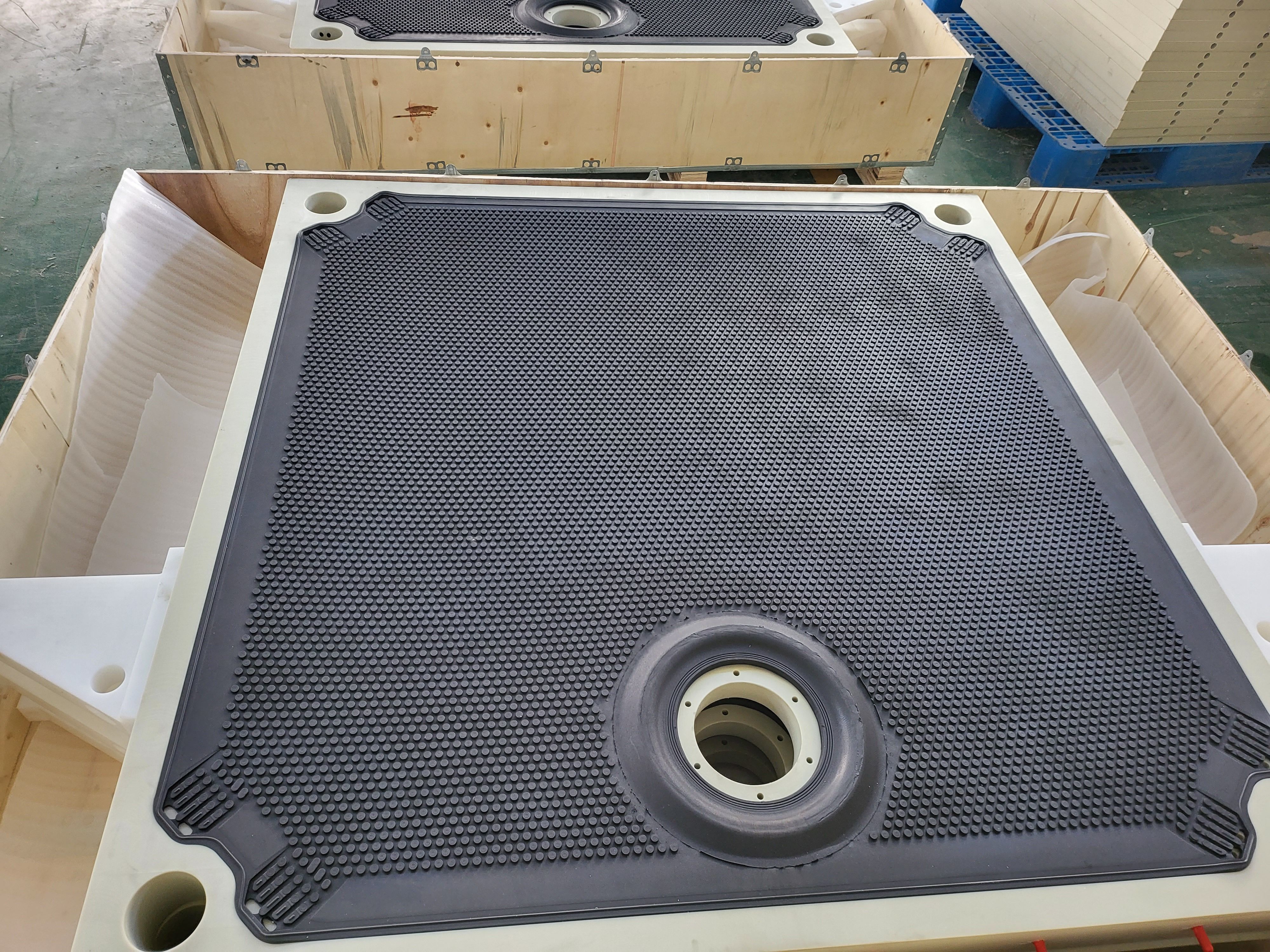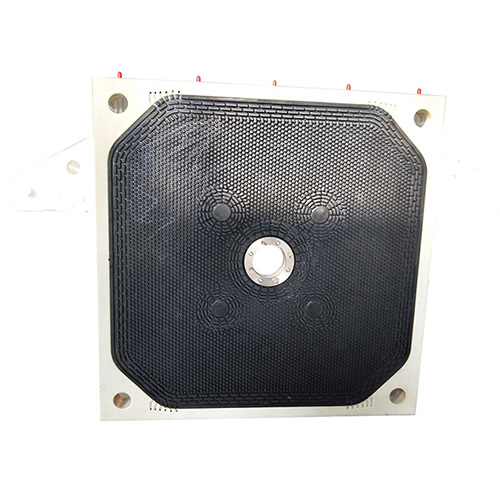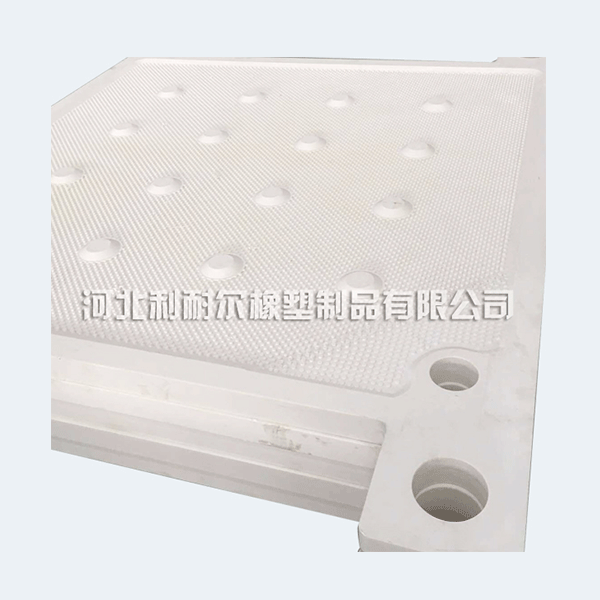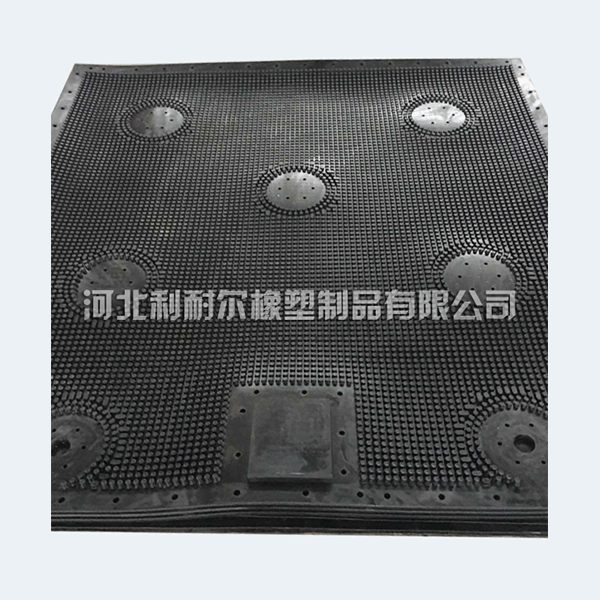Understanding Filter Plates: Essential Components in Chemical and Plastics Manufacturing
Release time:
2025-03-19
Filter plates are critical components used in various industrial applications, particularly in the chemical and plastics sectors. Their primary function is to separate solids from liquids, thus ensuring the purity and quality of the final products. These plates operate through a process called filtration, where a mixture passes through the filter, allowing the liquid to flow while retaining solid
Filter plates are critical components used in various industrial applications, particularly in the chemical and plastics sectors. Their primary function is to separate solids from liquids, thus ensuring the purity and quality of the final products. These plates operate through a process called filtration, where a mixture passes through the filter, allowing the liquid to flow while retaining solid particles.
One of the key advantages of using filter plates is their ability to enhance process efficiency. By effectively removing impurities and particulates, they help maintain the integrity of the production process. In chemical manufacturing, even the smallest contaminants can lead to significant issues, including product degradation or unwanted chemical reactions. Thus, implementing high-quality filter plates is essential for optimizing yield and maintaining product specifications.
Filter plates come in various materials, including polypropylene, stainless steel, and other specialized polymers, each chosen based on the specific requirements of the application. For instance, polypropylene plates are often used for their chemical resistance and lightweight properties, making them ideal for many plastic products. In contrast, stainless steel filter plates may be preferred in more rigorous environments where durability and high temperature resistance are crucial.
The design of filter plates is also a consideration in their effectiveness. Many filter plates feature a unique pattern that maximizes the surface area for filtration while ensuring the proper flow rate. This design helps reduce the frequency of maintenance and filter replacement, contributing to lower operational costs over time.
Moreover, advancements in technology have led to the development of more efficient filter plate systems, such as those incorporating automation and monitoring. These systems can provide real-time data on pressure differentials and flow rates, enabling operators to make informed decisions about maintenance and operation adjustments.
In summary, filter plates are indispensable in the chemical and plastics industries, serving as vital tools for ensuring process purity and efficiency. Their ability to withstand harsh conditions, coupled with continuous advancements in technology, makes them a key element in modern manufacturing. Organizations looking to enhance their filtration processes should consider the material, design, and technological integration of filter plates to achieve optimal performance and product quality.
One of the key advantages of using filter plates is their ability to enhance process efficiency. By effectively removing impurities and particulates, they help maintain the integrity of the production process. In chemical manufacturing, even the smallest contaminants can lead to significant issues, including product degradation or unwanted chemical reactions. Thus, implementing high-quality filter plates is essential for optimizing yield and maintaining product specifications.
Filter plates come in various materials, including polypropylene, stainless steel, and other specialized polymers, each chosen based on the specific requirements of the application. For instance, polypropylene plates are often used for their chemical resistance and lightweight properties, making them ideal for many plastic products. In contrast, stainless steel filter plates may be preferred in more rigorous environments where durability and high temperature resistance are crucial.
The design of filter plates is also a consideration in their effectiveness. Many filter plates feature a unique pattern that maximizes the surface area for filtration while ensuring the proper flow rate. This design helps reduce the frequency of maintenance and filter replacement, contributing to lower operational costs over time.
Moreover, advancements in technology have led to the development of more efficient filter plate systems, such as those incorporating automation and monitoring. These systems can provide real-time data on pressure differentials and flow rates, enabling operators to make informed decisions about maintenance and operation adjustments.
In summary, filter plates are indispensable in the chemical and plastics industries, serving as vital tools for ensuring process purity and efficiency. Their ability to withstand harsh conditions, coupled with continuous advancements in technology, makes them a key element in modern manufacturing. Organizations looking to enhance their filtration processes should consider the material, design, and technological integration of filter plates to achieve optimal performance and product quality.
Related News




























